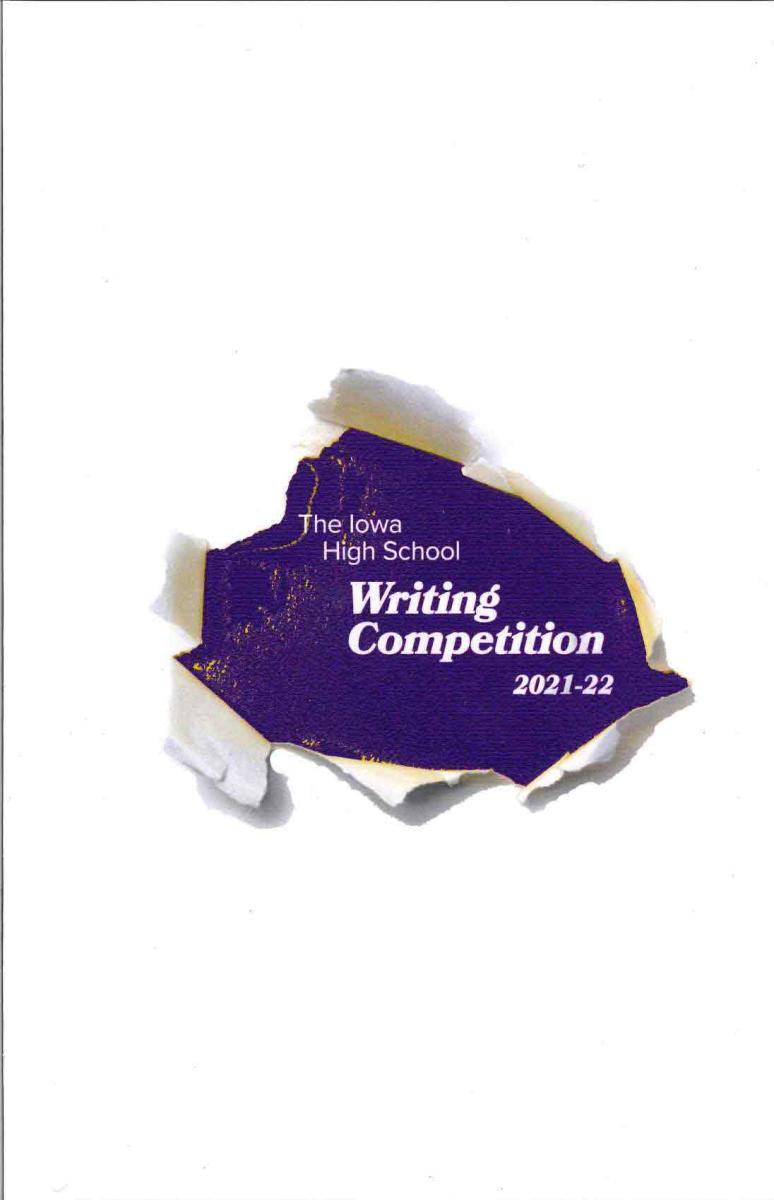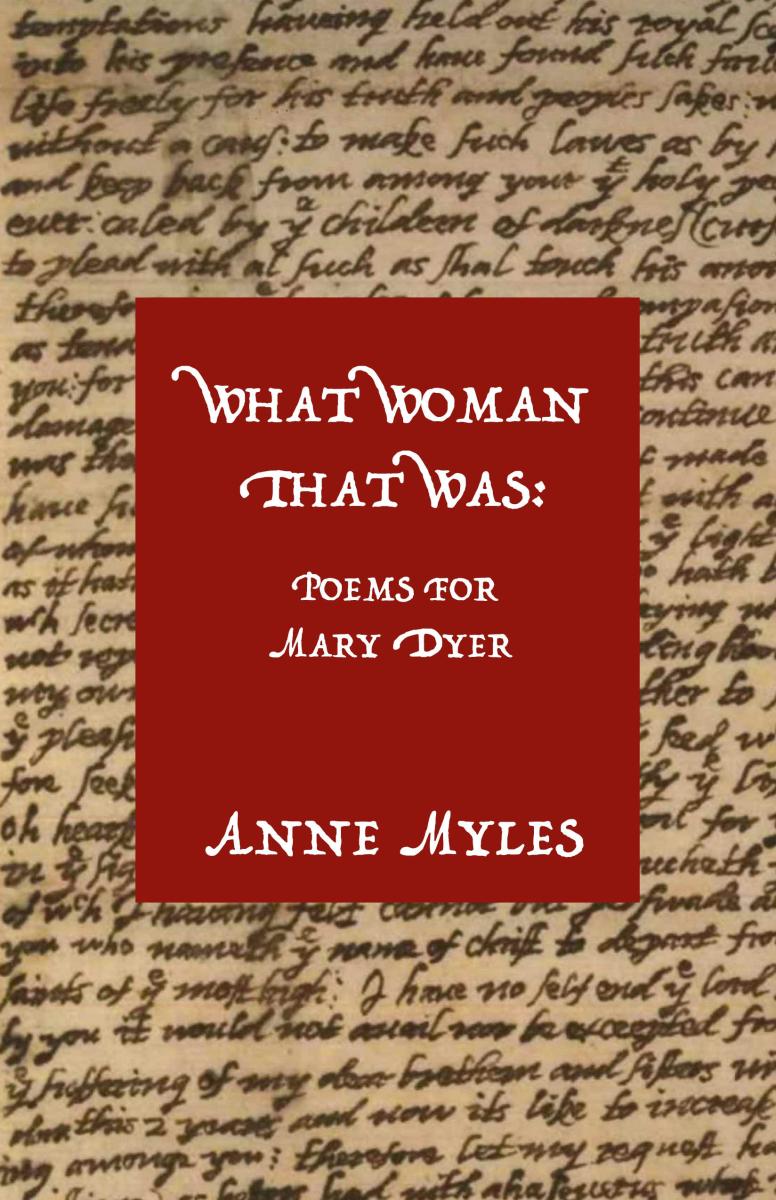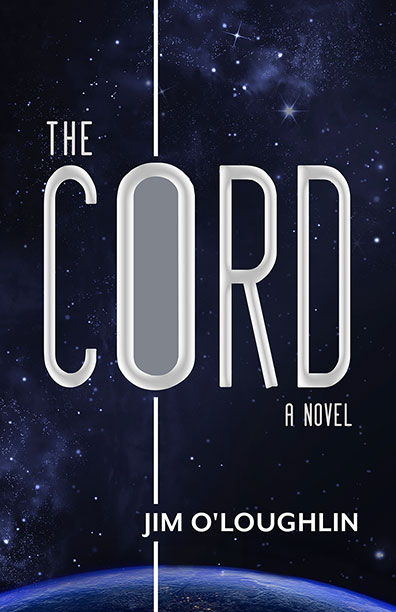New Books
 This year saw the first publication by the new L&L imprint, Purple Paw Press. The Iowa High School Writing Competition, 2021-22 is a collection that brings together winners and finalists of a UNI scholarship contest designed to recognize the best writing by Iowa high school students. Students in one of Adrienne Lamberti’s Professional Writing Minor classes created a logo and design specifications for the project, which was released this summer. Purple Paw Press aims to give students first hand experience with the publishing process. Lamberti’s students contributed to the press’s logo design and the collection's cover design, using visual communication strategies they had learned in class to see how a literary work goes through every stage of the publishing process while staying within budget. “It allows students to experience not only the writing side and the editing side, but also the publication side,” said Lamberti. “It's all-in-one.”
This year saw the first publication by the new L&L imprint, Purple Paw Press. The Iowa High School Writing Competition, 2021-22 is a collection that brings together winners and finalists of a UNI scholarship contest designed to recognize the best writing by Iowa high school students. Students in one of Adrienne Lamberti’s Professional Writing Minor classes created a logo and design specifications for the project, which was released this summer. Purple Paw Press aims to give students first hand experience with the publishing process. Lamberti’s students contributed to the press’s logo design and the collection's cover design, using visual communication strategies they had learned in class to see how a literary work goes through every stage of the publishing process while staying within budget. “It allows students to experience not only the writing side and the editing side, but also the publication side,” said Lamberti. “It's all-in-one.”
 August 25 marks the release of What Woman That Was: Poems for Mary Dyer by Emeritus English faculty member Anne Myles. This collection integrates history, imagination, and lyric to recapture the life of a most remarkable woman—the seventeenth-century New England Quaker martyred for her religious faith and her courageous witness against religious persecution. As Myles notes, “The story of Dyer’s life–her courage, her agency, her allegiance to those she chose as her people–is remarkable, inspiring, perhaps confounding in any era. Though she is a venerated figure among Quakers, and known to those who study early New England, I want everyone to hear about her.”
August 25 marks the release of What Woman That Was: Poems for Mary Dyer by Emeritus English faculty member Anne Myles. This collection integrates history, imagination, and lyric to recapture the life of a most remarkable woman—the seventeenth-century New England Quaker martyred for her religious faith and her courageous witness against religious persecution. As Myles notes, “The story of Dyer’s life–her courage, her agency, her allegiance to those she chose as her people–is remarkable, inspiring, perhaps confounding in any era. Though she is a venerated figure among Quakers, and known to those who study early New England, I want everyone to hear about her.”
 Department Head Jim O’Loughlin has published The Cord, a science fiction novel that takes place on both ends of a future space elevator connecting a Pacific island with an orbiting space station. Written in a reverse narrative format, the novel follows lovers, friends and families as their lives intertwine along the cord. According to O’Loughlin, “It’s an unusual format, a reverse narrative that starts toward the end and moves backward. For me, it’s the way people discover aspects of history. They know the present and learn about the past.”
Department Head Jim O’Loughlin has published The Cord, a science fiction novel that takes place on both ends of a future space elevator connecting a Pacific island with an orbiting space station. Written in a reverse narrative format, the novel follows lovers, friends and families as their lives intertwine along the cord. According to O’Loughlin, “It’s an unusual format, a reverse narrative that starts toward the end and moves backward. For me, it’s the way people discover aspects of history. They know the present and learn about the past.”
